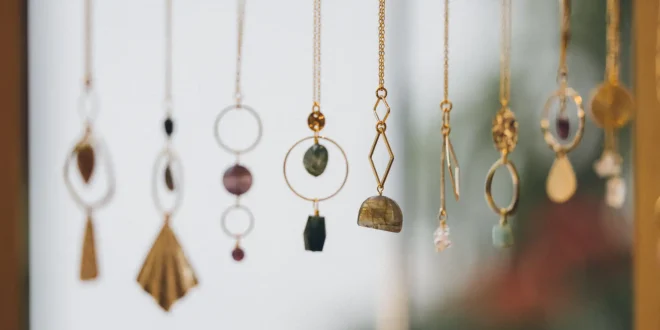Key Takeaways
- Identifying your niche and audience is the foundation of a successful jewelry business.
- Developing a business plan and understanding legal requirements can save significant time and resources.
- Building a high-quality, trustworthy e-commerce website helps establish credibility and drive sales.
- Marketing and performance analysis are essential for growth and adaptation.
Define Your Niche and Target Audience
Before entering the world of online jewelry sales, it is vital to identify your unique niche. Whether you’re passionate about handcrafted statement pieces, minimalist designs, or luxury gemstones, choosing a focus allows you to differentiate your brand and better connect with shoppers. Thoroughly research your competitors, current fashion trends, and customer demographics to pinpoint where your creativity and the market’s needs meet.
Understanding who you want to sell to will shape every other aspect of your business—from design concepts to pricing. For guidance and inspiration as you sell jewelry online, look for successful brands in your chosen segment and analyze how they engage their audience on social media and beyond. Knowing your customer means you can personalize product offerings, packaging, and even communication for greater impact.
Develop a Business Plan
A well-structured business plan is essential. Outline your goals, sales projections, and expenses. Detail your brand voice, target profit margins, and marketing strategies. Include an operating budget accounting for supplies, marketing, shipping, and website costs. Don’t forget to factor in photography, packaging, and business essentials like insurance costs. Revisiting and updating your plan regularly helps track progress and stay adaptable.
Register Your Business and Handle Legalities
Protect yourself and your business by handling the necessary legal requirements early. Register your business entity—sole proprietorship, LLC, or corporation—according to your needs. Secure a tax ID and comply with local, state, or national licensing laws. For jewelry, pay attention to hallmarking, sales tax collection, and consumer protection laws, especially if selling internationally. Breaking these regulations can result in costly penalties or loss of credibility, so it’s worth consulting resources like the U.S. Small Business Administration for detailed advice.
Source Materials and Create Your Jewelry
Reliable sourcing ensures that your finished pieces meet the expectations set by your branding. If you’re making jewelry yourself, find reputable metals, beads, stones, and tools suppliers. Consider sustainability and ethical sourcing to attract conscious consumers. Dedicate time to perfecting your techniques, refining your collections, and designing pieces that showcase your unique style or message. Quality and consistency build customer loyalty and drive word-of-mouth growth.
Build an E-commerce Website
Your online store is your digital storefront, so invest in a professional, mobile-responsive design. Choose an e-commerce platform and customize your site to suit your brand and product needs. Use high-quality images and write honest, detailed product descriptions. Make your site easy to navigate and include clear calls to action for purchases. Website trust signals like SSL certificates and transparent policy pages help build confidence with visitors.
Implement Secure Payment and Shipping Options
Offering multiple secure payment choices—such as credit card, PayPal, Apple Pay, or Afterpay—increases your store’s accessibility. Clearly communicate shipping costs, delivery estimates, and return/refund policies to minimize confusion and manage customer expectations. Use trackable shipping and offer package insurance for higher-value items. Transparent, reliable order fulfillment encourages repeat customers and positive reviews.
Develop a Marketing Strategy
Promote your jewelry using a combination of digital marketing tactics. Social media platforms like Instagram and Pinterest are highly visual and perfect for jewelry businesses. Share gorgeous product photos, styling tips, behind-the-scenes content, and customer testimonials to engage your audience. Implement influencer partnerships, SEO-optimized blog posts, and email campaigns to reach new customers and nurture loyalty. Paid advertising, when carefully tailored, can further extend your reach.
Monitor Performance and Adapt
Consistently track your business performance using tools like Google Analytics, e-commerce dashboards, and customer surveys. Analyzing sales numbers, website traffic, conversion rates, and feedback helps you identify strengths and improvement areas. Stay flexible—update your offerings, tweak your website, or launch new marketing campaigns based on real data and changing consumer preferences. Adaptability keeps your jewelry business relevant and competitive.
Launching and scaling a jewelry business online involves creativity, resilience, and a willingness to learn. By following these structured steps, you’re setting yourself up to build a brand that stands out and grows—turning your passion for jewelry into a thriving digital enterprise.
 Isaiminia World Breaking News & Top Stories
Isaiminia World Breaking News & Top Stories




